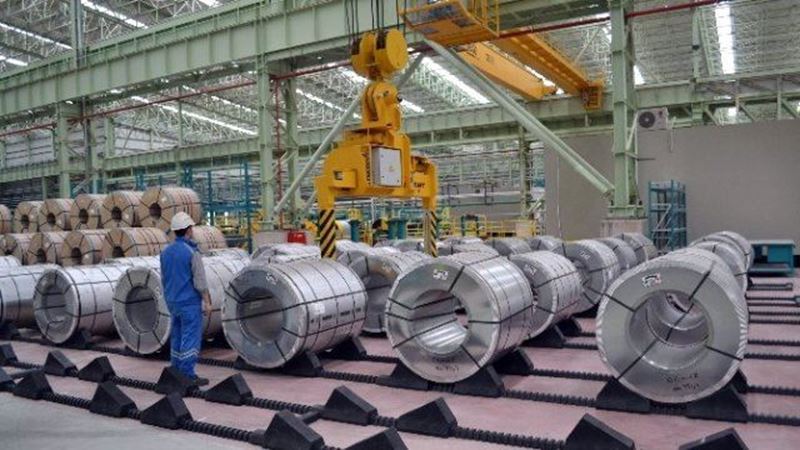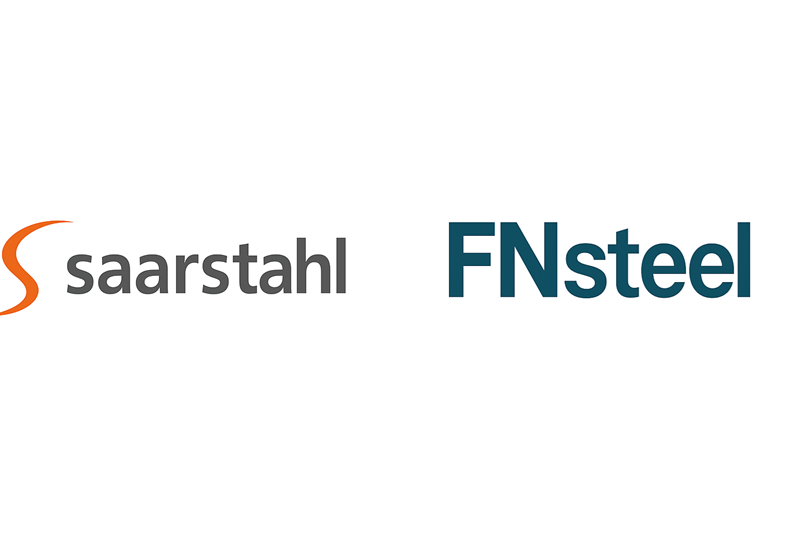India is at a critical inflection point in the steel sector. Reaching the 300 MTPA capacity target by 2030-31 is both imperative and ambitious to meet growing domestic demand, reduce dependence on imports and enhance competitiveness in the global supply chain.
By FY 2024-25, India has reached an installed capacity of 205 MTPA. This capacity is expected to be further expanded with 167 MTPA capacity additions planned by leading players by 2031. However, the industry faces significant challenges such as the need for iron ore beneficiation, 85% dependence on imported coke, limited steel scrap resources and high CO₂ emission intensity. External risks such as low-cost imports from China, EU safeguard duties and impending carbon tariffs are also obstacles to growth.
High logistics costs and lengthy approval processes for greenfield projects, as well as China's lower financing costs, are other challenges India faces in capacity expansion.
Expectation of Rapid Increase in Consumption
The MPFASL report notes that India's per capita steel consumption currently stands at 93.4 kg, well below the global average (around 219 kg). However, consumption is expected to increase sharply as infrastructure investments and affordable housing projects accelerate. This demand growth necessitates capacity expansion, increasing the strategic importance of reaching the 300 million tons target.
A Multi-Leveraged Strategy for Value-Added and Green Steel
The report highlights the need for five key strategic steps to reach the targeted 300 MTPA capacity by 2030-31, including accelerating green and value-added steel investments, strengthening infrastructure and raw material linkages, adopting clean technologies, reforming financing and approval processes, and increasing public-private partnerships.
Mahendra Patil, founder and managing partner of MPFASL, states that India's 300 MTPA target is not just a production increase, but a critical strategic step towards self-sufficiency, global competitiveness and climate leadership. “Overcoming resource, policy and trade challenges with a focus on innovation and sustainability is key to making India a global hub for green steel,” notes Patil.
Growth Rate and Global Position of the Industry
Thanks to rapid industrialization and infrastructure growth in recent years, India has become second only to China in global steel production. India's compound annual growth rate (CAGR) for 2016-2024 was around 5%, compared to 2.76% in China and 1.77% on a global average. In particular, China's steel production has been on a downward trend since 2020, while India's has grown at a rapid rate of 8%.









Comments
No comment yet.